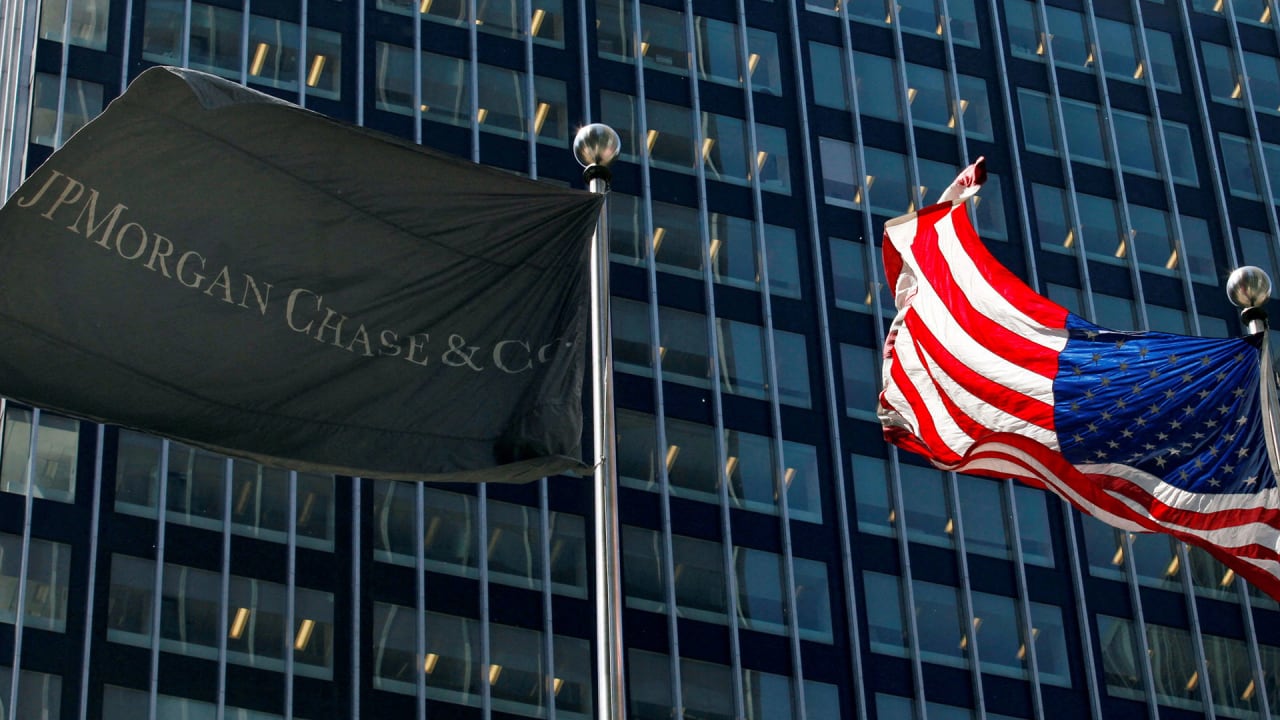
[ad_1]

Some of the largest U.S. banks will probably report weaker profits for the second quarter as they earn less from interest payments and set aside more money to cover deteriorating loans, analysts said.
As banks kick off earnings season on Friday, analysts predict provisions could rise for potential losses on commercial and industrial (C&I) loans, as well as those on commercial real estate.
“There is a credit cycle during every economic expansion,” said Betsy Graseck, a banking analyst at Morgan Stanley. “We’re conservatively baking in normalization of the credit cycle,” she said, referring to typical loss levels on bad loans across consumer and commercial loans.
C&I loans pose greater risks to major banks than they did in 2023, according to the Federal Reserve’s latest health check last month. Under the Fed’s stress-test scenario, C&I loss rates are projected to rise to 8.1%, from 6.7% in last year’s exam.
Despite the lackluster outlook, Wall Street divisions should benefit from a pickup in dealmaking.
Merger and acquisition volumes hit $1.6 trillion globally in the first half of the year, up 20% from a year earlier, Dealogic data showed. Equity capital market volumes climbed 10% during the same period.
Analysts will also pay close attention to banks’ commentary on interest income, as market participants increasingly expect the Fed to cut interest rates in the coming months.
Banks have had an easier time hanging on to customer money as rates stabilize, dampening competition for deposits.
“All the deposit customers that were going to move their deposits for a higher rate in a money market account or at an internet bank have probably done it,” said Chris Kotowski, a banking analyst at Oppenheimer. Banks can then put those deposits to work by repricing loans at higher levels.
Industrywide, net interest income (NII), or the difference between what banks earn on loans and pay out for deposits, will likely reach a trough in the second or third quarters before starting to climb as banks negotiate fresh loans at relatively higher rates, he said.
Interest rates had slumped during the pandemic, which pushed mortgage rates to historic lows in 2021 and auto loans to multi-year lows, before the Fed started raising rates in early 2022.
“Fixed assets that would include mortgages and auto loans are going to re-price from a very low rate,” Kotowski said.
Here are the main factors to watch for, according to analysts, as the six biggest U.S. banks announce their results:
JPMorgan
The largest U.S. lender is expected to report a 13% decline in earnings per share (EPS) in the second quarter versus a year earlier as it invests more in the company, causing expenses to climb.
Bank of America
The second-biggest U.S. bank will likely post a 9% drop in EPS, hurt by lower NII.
Wells Fargo
Wells Fargo’s EPS is expected to climb 3%, buoyed by investment-banking fees and lower provisions for credit losses. Still, its NII is predicted to remain lackluster.
Citigroup
Profits are forecast to rise, propelled by strength in the services division that Citi calls its “crown jewel,” and higher investment banking fees.
Goldman Sachs
Earnings are expected to more than double versus the second quarter of 2023, when they dropped to a three-year low. Goldman will probably benefit from a revival in deals, combined with fewer writedowns for its consumer business.
Morgan Stanley
Rival Morgan Stanley’s EPS is expected to climb 33%, lifted by rising activity in mergers, acquisitions and capital markets.
Bank
JPMorgan Chase
EPS Q2 2024
4.15
EPS Q2 2023
4.75
Bank of America
EPS Q2 2024
0.80
EPS Q2 2023
0.88
Citigroup
EPS Q2 2024
1.39
EPS Q2 2023
1.33
Wells Fargo
EPS Q2 2024
1.29
EPS Q2 2023
1.25
Goldman Sachs
EPS Q2 2024
8.48
EPS Q2 2023
3.08
Morgan Stanley
EPS Q2 2024
1.65
EPS Q2 2023
1.24
*LSEG mean estimates
—Saeed Azhar and Niket Nishant, Reuters
[ad_2]